
ARYAN's ENT is led by doctor having an experience of 25 years.

Traditionally microscopic ear surgeries are done through an incision behind the ear to treat conditions like discharging ear, hearing loss, facial nerve paralysis, balance problems etc. ARYAN's ENT is the only centre in Rohini which also offers its patients endoscopic ear surgery for these conditions.
View Details
Nose surgeries are of two types – Functional and Cosmetic. Functional surgeries which aim to restore the physiology or normal functioning of the nose and sinuses by relieving blockages inside the nose such as Endoscopic sinus surgery, Septoplasty, Turbinoplasty.
Rhinoplasty (Cosmetic nose surgery) aims to correct the external deformities of the nose such as crooked nose, humps, broad base, saddle (depressed) nose.
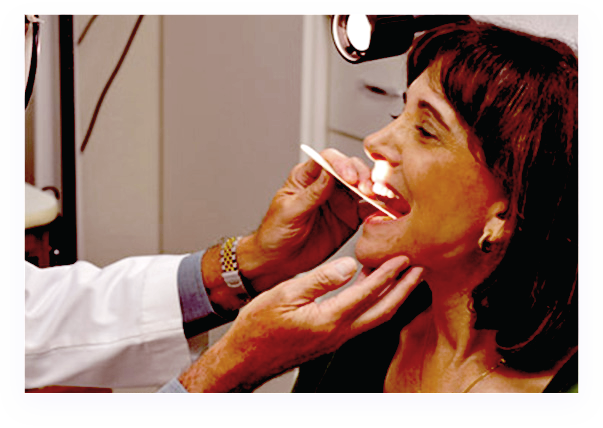
We also diagnose and manage diseases of the oral cavity and pharynx (mouth & throat), Larynx (voice box) as well as other diseases of the neck. Conditions such as tonsils, neck swellings/tumors – thyroglossal cyst, thyroid tumors, branchial cysts, lymph nodes, salivary gland swellings, vocal cord pathologies such as nodules, cysts, polyps, paralysis and tumors are all managed in this clinic.
View Details
We have a well-equipped set-up to diagnose & treat hearing and balance disorders for people of all ages. Tests like Pure tone audiometry, Tympanometry, Oto-acoustic emissions are done as a part of hearing screening and testing to identify hearing disorders. Patients with sensorineural hearing loss benefit from hearing aids. Our clinic provides services such as Hearing Aid trial, fitting and dispensing various brands of digital hearing aids.
View Details.jpg)
Myringotomy with or without tympanostomy tube insertion is the most commonly performed ear operation. It is extremely safe and effective. Complications are minor and usually in the form of infection, which may be treated with antibiotics. The tube usually remains in place for several months, although it may be rejected sooner or remain in place for years. As long as there is a tube in the ear, care should be taken to avoid water contamination, especially bath water, by the use of ear plugs or, if desired, a bathing cap.. In some cases, particularly when there is a family history of chronic ear disease, tympanostomy tubes may need to be replaced. Hearing improvement is usually immedate after fluid has been removed from the ear.

Tympanoplasty or reconstruction of the middle ear hearing mechanism serves the purpose of rebuilding the tympanic membrane and/or middle ear bones. An excellent result may be expected in 80-90% of cases, failure to improve is not a complication. Success depends almost as much on the ability of the body to heal and preserve the reconstruction as it does on the surgeon's skill. Fortunately, even those cases that fail may be revised and have the same high degree of expected good result As a general statement, complete success in restoring hearing without complication is related to the severity of the disease present before surgery, and those are the cases that have the highest priority for surgical management.
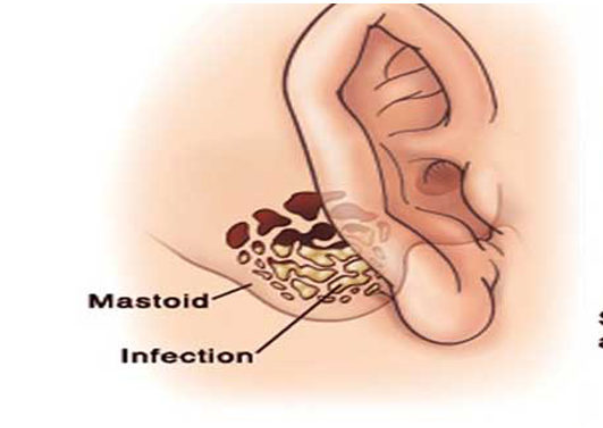
Mastoidectomy is an operation to remove disease from the bone behind the ear, when medical management is inadequate. There need not be drainage or ear pain for mastoid disease to exist. Sometimes a mastoidectomy is required in order to gain better exposure to the middle ear and attic. Although complications do not often occur, they include persistent ear drainage, infection in the mastoid cavity, and hearing loss, which may be permanent. Facial nerve injury (paralysis of the face on the side of the surgery) is a rare hazard in mastoid surgery. There may be dizziness for a short time after surgery, but it is rarely permanent. Loss of taste on the side of the tongue usually lasts a few weeks but may be permanent
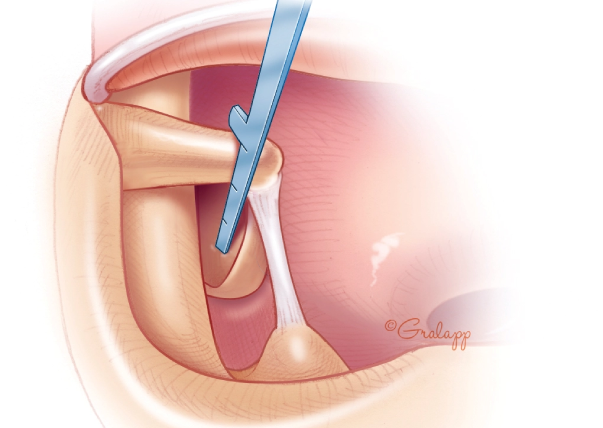
A modified stapes operation, called a stapedotomy, is thought by many otologic surgeons to be safer and reduce the chances of postoperative complications. In stapedotomy, instead of removing the whole stapes footplace, a tiny hole is made in the footplate - either with a microdrill or with a laser and a prosthesis is placed to touch this area with movement of the tympanic membrane
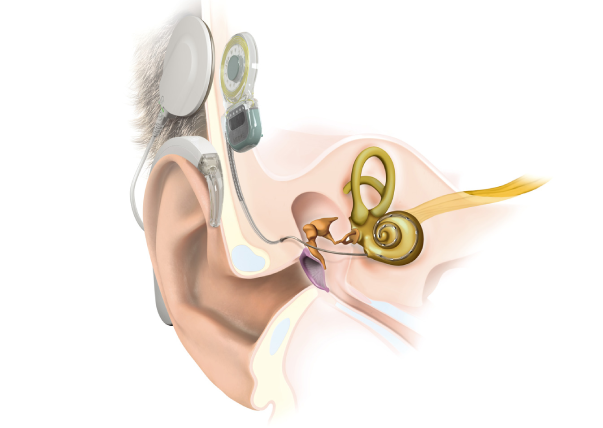
A cochlear implant (CI) is a surgically implanted electronic device that provides a sense of sound to a person who is profoundly deaf or severely hard of hearing.

Septoplasty is an operation to correct a deformity of the partition between the two sides of the nose. The usual purpose is to improve breathing, but it may also be required to permit adequate examination of the inside of the nose for treatment of polyps, inflammation, tumors, or bleeding. When the nasal septum is deformed, there is no medicine that will cause it to be straightened, so surgery is the only solution to this problem.
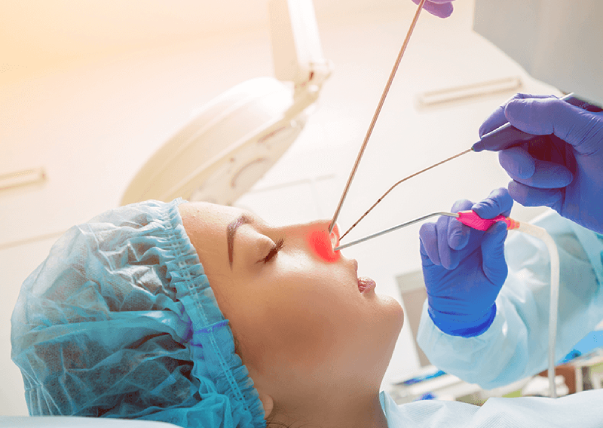
Endoscopic sinus surgery is performed intra-nasally and is recommended after it has been determined that medical management has been unsuccessful. Radiographs and endoscopic findings considered in conjunction with the patient’s clinical status - following medical evaluation and therapy - would identify the appropriate sinuses to treat.
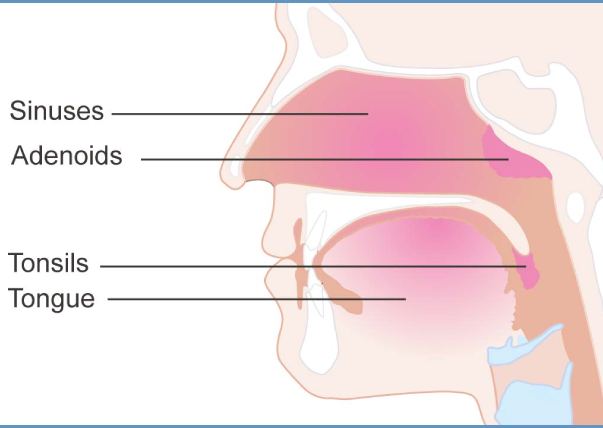
Removal of tonsils and/or adenoids is one of the most frequently performed throat operations. It has proven to be a safe, effective surgical method to resolve breathing obstruction, throat infections and manage recurrent childhood ear disease. Pain following surgery can be reasonably controlled with medication. It is similar to the pain patients have experienced with throat infections, but often is also felt in the ears after surgery.